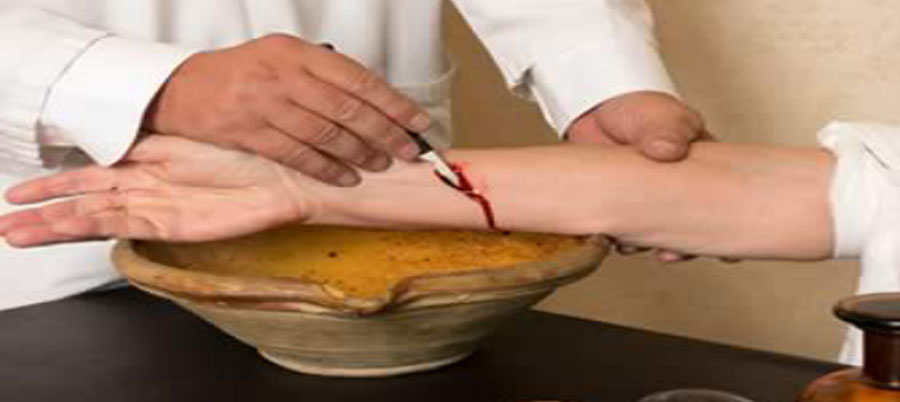Ayurvedic Siravyadha Treatment
Ayurveda, the ancient Indian system of medicine, emphasizes a holistic approach to health and well-being. One of the unique treatments within Ayurveda is Siravyadha, which translates to "blood letting." This therapy is utilized for various health conditions, primarily to balance the doshas (body energies) and promote detoxification. Here’s an overview of this therapeutic practice, its methods, benefits, and considerations.
Understanding Siravyadha
Siravyadha is based on the principle that many health issues stem from imbalances in the body's doshas—Vata, Pitta, and Kapha. Bloodletting is believed to reduce excess dosha and alleviate symptoms associated with various ailments, particularly those related to Pitta imbalance, such as inflammatory conditions, fevers, and certain skin disorders.
Techniques of Siravyadha
The treatment involves drawing blood from specific sites in the body using various techniques:
-
Venesection: This is the most common method where a vein is punctured to withdraw blood, often from the forearm. It’s done under sterile conditions to prevent infections.
-
Leech Therapy (Jalaukavacharana): Medicinal leeches are applied to specific areas of the body. The leeches secrete anticoagulants, which help in blood thinning and facilitate healing.
-
Cupping (Shringata): In this method, suction cups are placed on the skin to draw blood to the surface. This can be combined with herbal infusions to enhance therapeutic effects.
-
Scarification: This involves making small incisions on the skin to release blood. It’s often used in conjunction with herbal treatments for specific ailments.
Indications for Siravyadha
Siravyadha is indicated for various conditions, including:
- Skin Disorders: Acne, psoriasis, and eczema.
- Fever: Particularly when accompanied by inflammation.
- Pitta Disorders: Conditions like migraines, hyperacidity, and digestive issues.
- Blood Pressure Management: In some cases, it may help in lowering high blood pressure.
Benefits of Siravyadha
-
Detoxification: By removing toxins from the bloodstream, it helps in cleansing the body.
-
Balance of Doshas: Particularly effective in reducing Pitta dosha, restoring balance and promoting overall health.
-
Improved Circulation: Enhances blood flow to tissues, which can accelerate healing.
-
Pain Relief: Can alleviate pain associated with inflammatory conditions and improve mobility.
-
Boosts Immunity: By promoting detoxification and improving circulation, it can help strengthen the immune system.
Considerations and Precautions
While Siravyadha can be beneficial, it is essential to approach this treatment with caution:
- Consultation: A qualified Ayurvedic practitioner must evaluate individual health conditions before proceeding with the treatment.
- Contraindications: Those with bleeding disorders, anemia, or certain chronic illnesses should avoid this treatment.
- Sterility: The procedures must be performed under sterile conditions to prevent infections.
- Aftercare: Post-treatment care is crucial to ensure proper recovery and to prevent complications.
Conclusion
Ayurvedic Siravyadha is a valuable therapeutic practice that aligns with the principles of balance and detoxification in Ayurveda. When performed correctly by a skilled practitioner, it can be a powerful tool in managing various health conditions. However, like any medical treatment, it requires careful consideration and professional guidance to ensure safety and efficacy. By integrating Siravyadha into a comprehensive Ayurvedic treatment plan, individuals can experience enhanced health and well-being.

